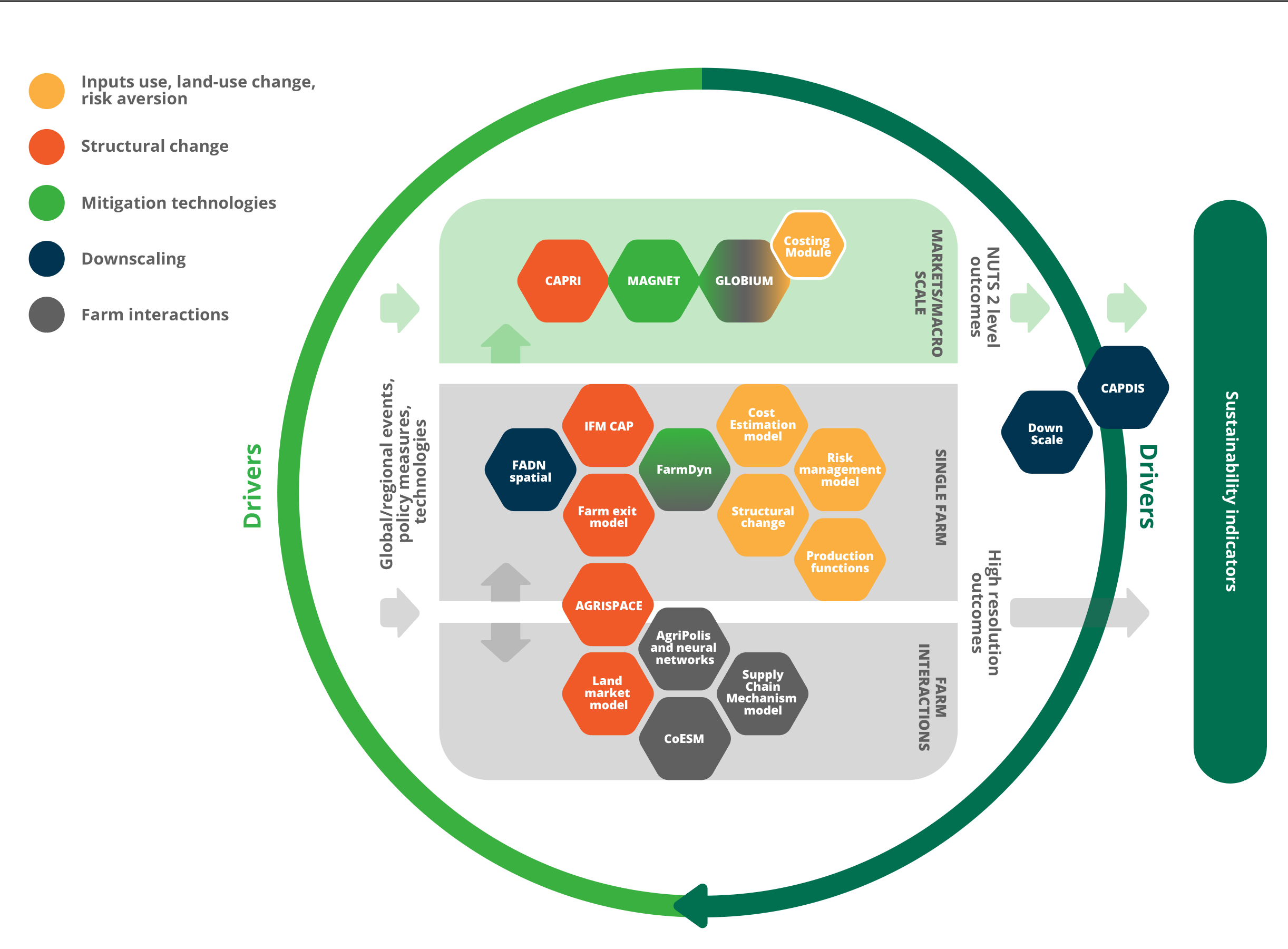MIND STEP model toolbox: integration of IDM models, ABMs,
and large-scale models

Figure 1 MIND STEP model toolbox: integration of IDM models, ABMs, and large-scale models

Figure 1 MIND STEP model toolbox: integration of IDM models, ABMs, and large-scale models

Figure 1 MIND STEP model toolbox: integration of IDM models, ABMs, and large-scale models